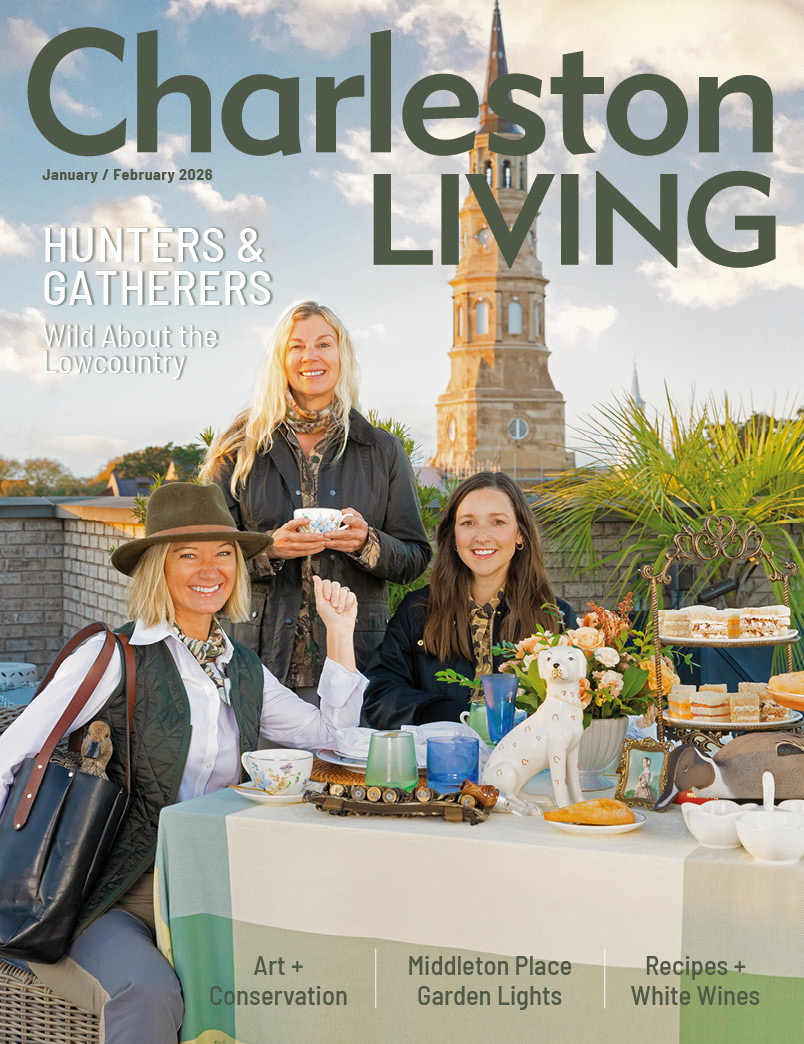Into the Wild
06 Nov 2017
Embrace the native greenery in your space and its potential for a natural, low-maintenance landscape

Design clients often refer to their landscape as “a blank slate,” a seemingly barren wasteland. Almost as soon as I hear those words, I think, “Not so fast, my friend” and my eyes fix to something that negates the blankness of that aforementioned slate. There’s always something to begin with, something upon which to build. In other words, every outdoor space has something that makes it special.
Aside from existing structural architecture, the feature that normally is present is native greenery. This includes everything from trees that the bulldozer missed in the latest subdivision clearing, to a patch of innocuous trees that have been there since day one. Property owners can often overlook these hidden gems in the midst of what they consider forlorn spaces.
If you are looking towards a revamp or a totally new landscape, try taking a look at what you currently have with fresh eyes. Perspective is key when seeking to utilize the previously overlooked wild part of the garden or landscape. I love the term “maritime forest”—it’s what makes our Lowcountry, The Lowcountry after all—and it should be embraced. Take another look at what you have. Chances are, there’s most likely potential to further develop your own bit of maritime forest. From a design point of view, most often we can transform a space by grasping the edges of a property as a wild, native area, while still allowing more manicured, controlled spaces within close proximity to the residence.
Anytime I hear the word wild, when referring to part of a landscape description, I can’t help but think of the negative connotation. Is it an uncontrollable jungle? No. Might it be a native, yet refined, backdrop and buffer? Yes! And there are so many other valuable attributes. These areas mean less water usage, less fertilizer requirements, little or no pruning—need I say more? To me, what comes to mind is the landscape along the picturesque drive from the traffic circle to the front gate at Kiawah, or the vistas along Highway 17 South as you head to Savannah or I-95. These views could be the nexus of your own Maritime Forest Landscape, or MFL if you will (I do believe I just coined a new acronym...).
Let’s look at the players in the MFL—and bear in mind that even if your starting point is just a lonesome, awkward looking pine tree or sweet gum, these elements can be added to give a look of great natural import. Consider these deciduous, coniferous, and broadleaf evergreens:
- Live Oak (Quercus virginiana)
- Yaupon Holly (Ilex opaca ait)
- Wax Myrtle (Myrica cerifera)
- Loblolly (Pinus taeda)
- Red Cedar (Juniperus virginiana)
- Cabbage Palm (Sabal palmetto)
- Slash Pine (Pinus elliottii)
- Southern Magnolia (Magnolia grandiflora)
- Laurel Oak (Quercus laurifolia)
- Red Maple (Acer rubrum)
- Sweetgrass (Muhlenbergia capillaris)
- Saw Palmetto (Serenoa repens)
- Beauty Berry (Callicarpa americana)
- Needle Palm (Rhapidophyllum hystrix)
- Cordgrass (Spartina alterniflora)
- Yucca (Yucca filamentosa)
As you mull over the choice of plantings, spacing and arrangement are key. Irregular spacing and organic lines should rule the day. Put yourself, respectfully, in the shoes of Mother Nature in order to best recreate what once was there. No soil amendments are necessary, just perhaps some staking and guide lines for the taller trees. If room allows, plant as much variety as you might and layer the plantings appropriately. The resultant buffer is not meant to steal the show, or dominate the overall aesthetic. Instead, it will fill space and create privacy where needed, provide an overall “naturalized” effect, be an easy-care portion of your property that will mature gracefully, and counter-pose the more planned areas of your landscape. It’s a great way to de-blank that slate, embrace the Lowcountry’s best, and go wild!












